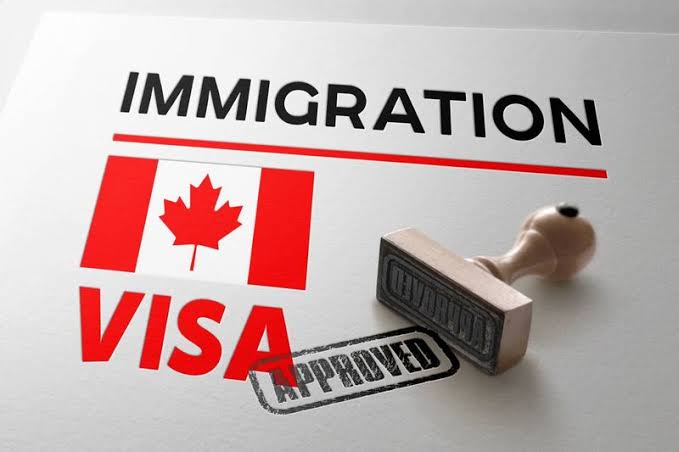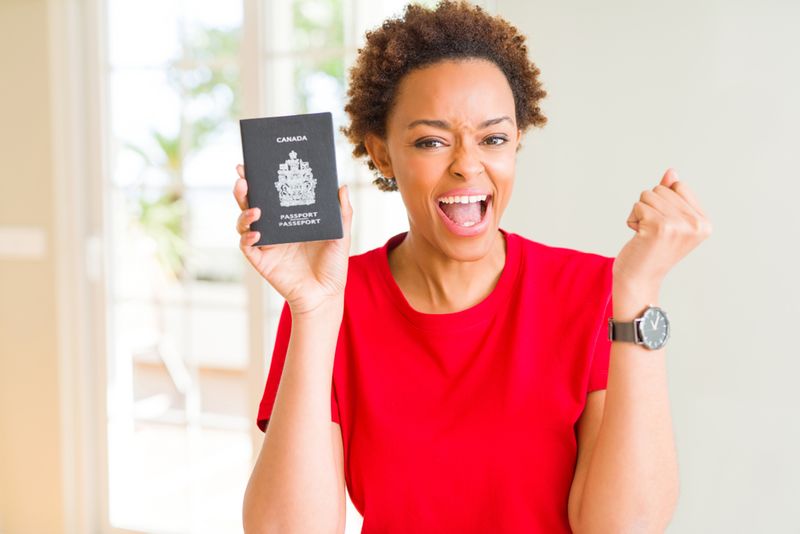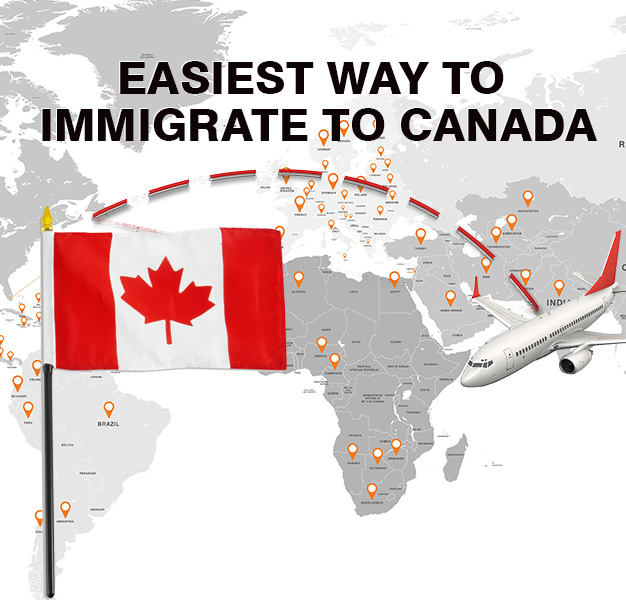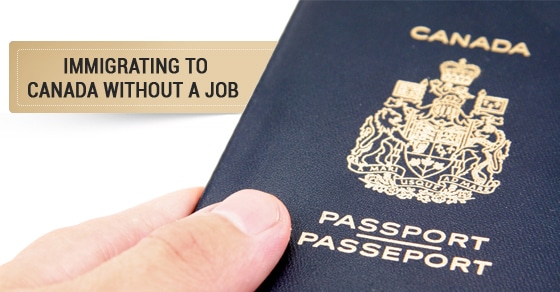How Immigrate to Canada as a Teacher can seem like an insurmountable challenge, especially if you’re not familiar with the Canadian education system or culture.
Advertisements
This comprehensive guide covers all the steps you need to take in order to successfully immigrate to Canada as a teacher and work legally as an educator in Canada.
It also includes information on how you can build your career through teaching to make the most of your time in Canada as well as how to transition into other fields once you have mastered your trade and built up experience here.
READ ALSO 7 Lucrative business Opportunities in Canada
Step 1 – Decide if you really want to immigrate
There are a lot of things to consider before you decide to immigrate to Canada as a teacher.
Are you prepared to leave your home country and everything you know behind? Do you have the required qualifications? Are you willing to learn about a new culture and adapt to it? If you can answer yes to all of these questions, then immigrating to Canada as a teacher may be the right choice for you.
Advertisements
Step 2 – Start building your resume
If you’re planning on immigrating to Canada as a teacher, the first step is to start building your resume.
In order to be eligible for a teaching position in Canada, you’ll need at least two years of teaching experience.
Start by listing all of your relevant work experience, including any volunteer work or teaching assistant positions you may have held.
Be sure to include the dates of your employment and a brief description of your duties.
If you have any publications or presentations, be sure to list them as well.
Keep your resume updated as you add new jobs or responsibilities.
Your resume should also highlight any specialized skills that will make you an attractive candidate for Canadian schools, for example, if you are certified to teach ESL students, it’s important to note this on your resume.
If you specialize in special education or French-immersion teaching, put this down too. Include the names of programs you’ve attended or workshops/conferences where you presented on these topics.
Remember to tailor your resume so that it highlights the skills and qualifications most applicable to potential employers.
Step 3 – Study your destination country’s culture Understanding the culture of your destination country is an important part of the immigration process.
After all, you’ll be living and working in a new country, and it’s important to be respectful of cultural differences.
Plus, studying the culture can help you prepare for any challenges you may face during the immigration process.
Here are some tips for studying your destination country’s culture,Read about the history of your destination country and its people.
- Study some of the official languages spoken in your destination country.
- Find out more about what daily life is like in your destination country
- how people dress, how they eat, how they spend their free time, etc.
- Watch documentaries or movies that reflect day-to-day life in your destination country.
Step 4 – Get in contact with Canadian organizations
Once you have your list of qualifications, it’s time to start contacting Canadian organizations.
The best way to do this is by email or telephone.
Include your resume and cover letter, and be sure to indicate that you are interested in working in Canada as a teacher.
Many organizations will be happy to hear from you and may even have positions available.
While the application process for each organization varies, it is likely that you will need to send in your CV and write a letter detailing why you would make an excellent addition to their organization.
For more information on how these organizations work, visit their websites.
Step 5 – Hire an immigration lawyer
Once you have all of your documentation in order, the next step is to hire an immigration lawyer.
An immigration lawyer will help you with the paperwork and ensure that everything is in order.
They can also help you if there are any problems with your application.
hiring an immigration lawyer is a good idea because they can help you navigate the complex process of immigrating to Canada.
Step 6 – Go through the application process
Once you have all the necessary documents, you can begin the application process.
The first step is to fill out an online application.
After that, you’ll need to submit fingerprints and have an interview.
If everything goes well, you should receive your permanent residency within a few months.
However, keep in mind there are many things that could delay or even halt your application
For example, if you’re not honest on your application form.
It’s also important to remember this isn’t just a one-time event.
You’ll need to renew it every five years!
Step 7 – Congratulate yourself, you did it
You’ve made it through all the steps of immigrating to Canada as a teacher! Congratulations, you did it! This is a huge accomplishment and you should be very proud of yourself.
Take some time to celebrate your success and enjoy your new life in Canada.
You’ll find that there are many different ways for teachers to stay engaged with education after their arrival.
There are also tons of online resources like blogs, social media groups, websites, forums and more which can help answer any questions you may have about living in Canada or becoming a Canadian citizen.
I wish you luck with your move to Canada and hope that this guide has been helpful! Good luck on your journey and we look forward to hearing from you when you arrive.
If you found this blog post useful please share it with other interested teachers who might want to make the same transition friends, family members, etc. It’s always great to hear how people are doing after they make such an important decision!
Conclusion
Although the process of immigrating to Canada as a teacher may seem daunting, it is actually quite straightforward if you follow the proper steps.
First, you will need to obtain a teaching license in your home country.
Next, you will need to gather all of the necessary documents.
Once you have everything in order, you can begin the application process.
If all goes well, you should receive your immigrant visa within a few months.
After that, it’s just a matter of packing your bags and making the move!
Advertisements






